7 wild works of art acquired with Art Fund support
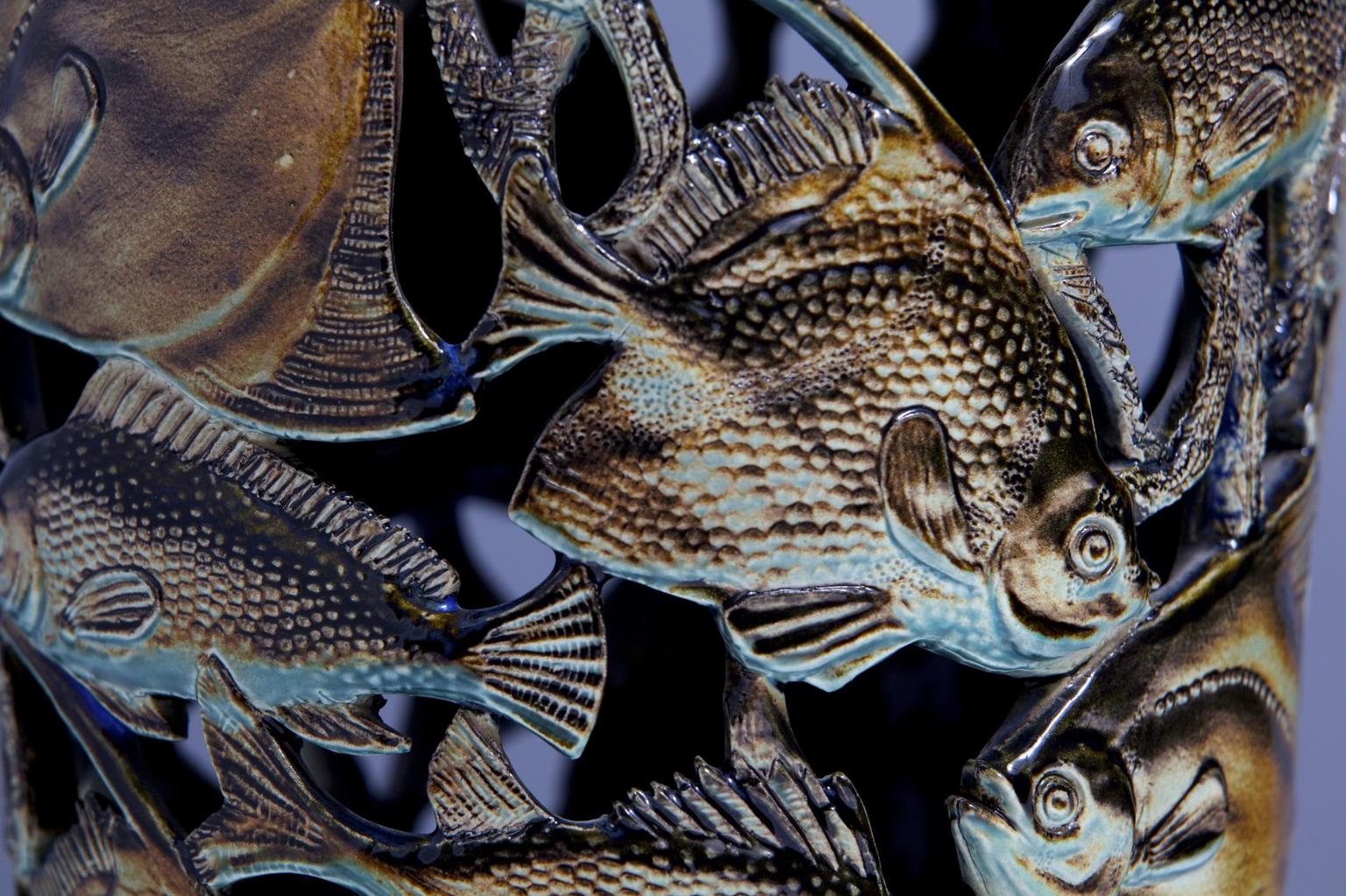
Inspired by The Wild Escape, a project empowering children to create a collective work of art based on the wildlife found in museum collections, Giovanni Aloi and Stephanie Holt explain the stories behind animals found in seven works acquired with Art Fund support.
A version of this article first appeared in the spring 2023 issue of Art Quarterly, the magazine of Art Fund.
Giovanni Aloi is an art historian and educator, whose research focuses on the anthropocene and new conceptions of nature in art. He currently teaches at the School of the Art Institute of Chicago and is the Editor in Chief of Antennae: The Journal of Nature in Visual Culture.
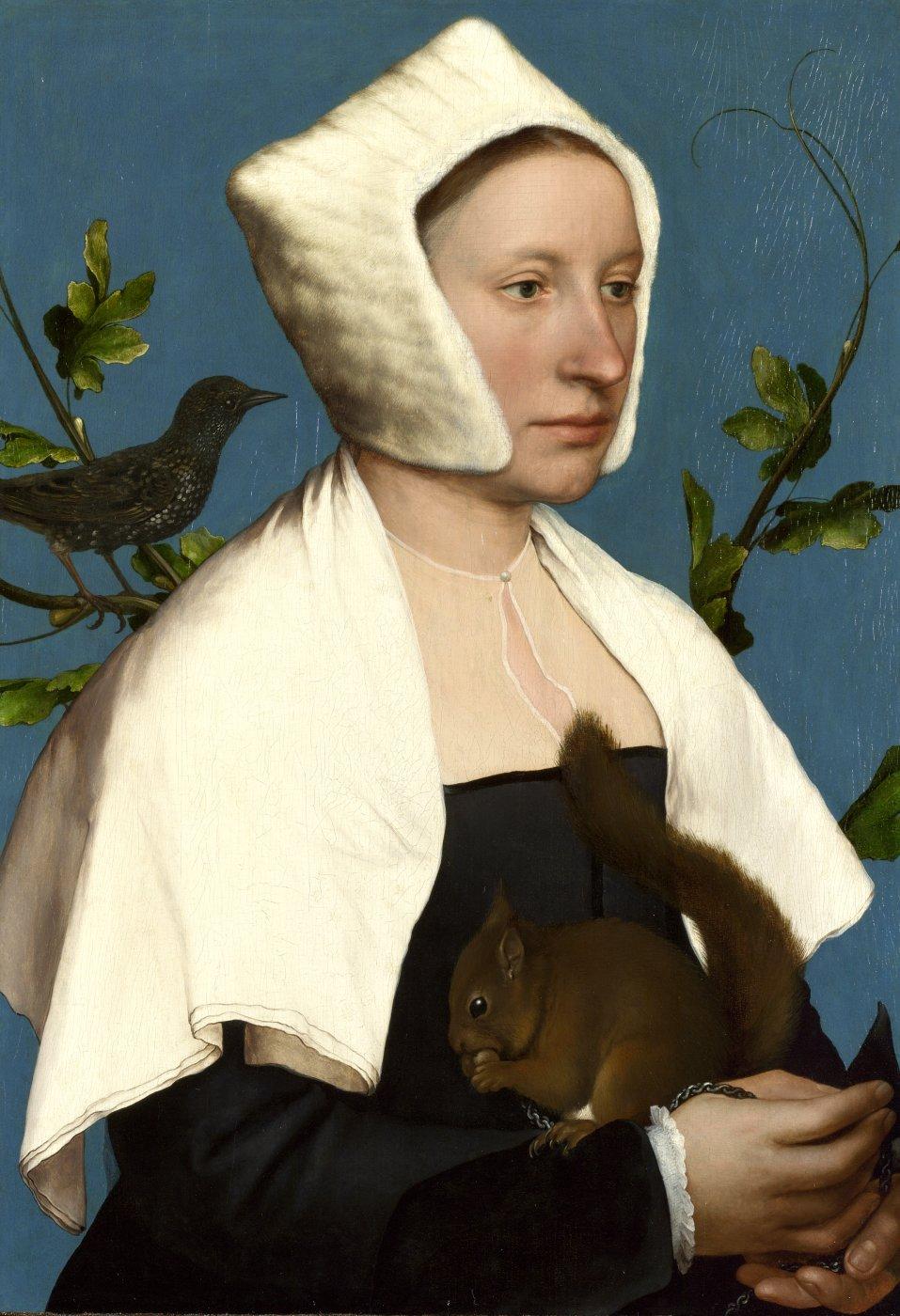
Emblems and visual puns
Hans Holbein the Younger was not only one of the greatest portraitists of the German Renaissance, he also painted animals with impeccable accuracy. Anne Lovell, the gracious subject of this painting, was the wife of Sir Francis Lovell, attendant to Henry VIII. Comfortably nestled in Lady Lovell’s arms is a brown squirrel munching on nuts. While today squirrels evoke images of lush and remote woodlands, they were once upon a time beloved pets too. This squirrel is domesticated, as the chain held by Lady Lovell suggests. While it is not known if she owned a pet squirrel in real life, historians believe that the animal also provides an important clue to the sitter’s identity – the squirrel was the emblem of her husband’s family coat of arms.
Above Lovell’s right shoulder, recognisable by its iridescent plumage, is a starling. A highly adaptable bird, well known for its dramatic flocking behaviour in which thousands of birds swoop and whirl in the sky at dusk, this lone starling is also part of the symbolic message inscribed in the painting. As it has been ascertained, the bird is just as relevant to Lady Lovell’s biography as the squirrel in her arms. It is known that just before this painting was completed, the sitter’s husband had inherited a large estate in East Harling, a village in the English county of Norfolk. The bird’s presence in this painting is therefore only motivated by the phonetic resemblance between the name of its species, ‘a starling’, and East Harling – commonly spelled ‘Estharling’– the village where Lady Lovell lived. Beyond being a desirable fashion item, the stylish ermine fur hat she wears is also an animal-related symbol: this time, it speaks of purity. This reading is grounded in the fantastical belief that an ermine would rather give itself up to a predator than muddy its fur in a fight. GA
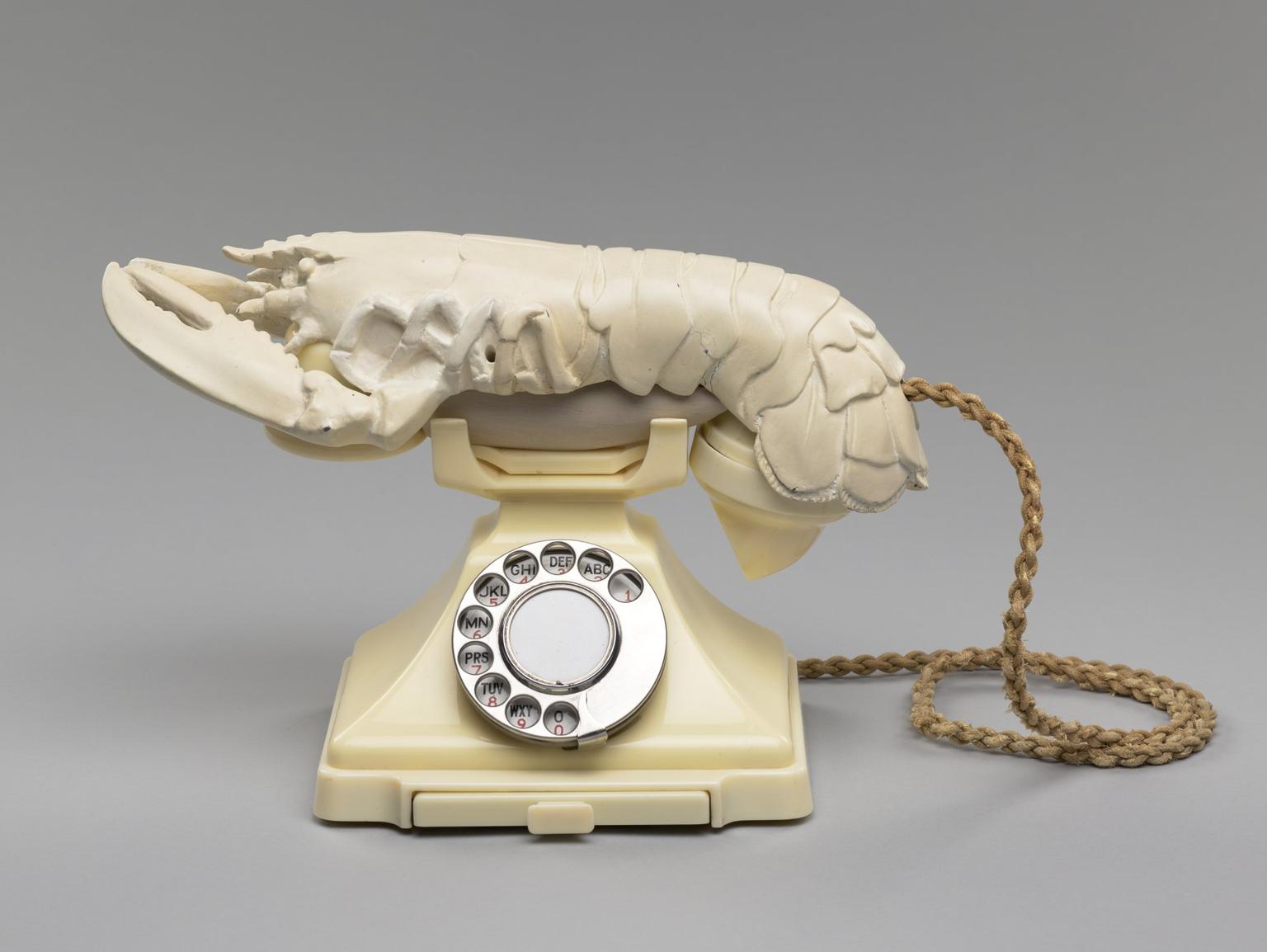
Dreams and sexual desire
Surrealist artists were strongly influenced by psychoanalysis – the revolutionary discipline that was devoted to the investigation of the unconscious, which was founded in the early 1890s by Austrian neurologist Sigmund Freud. By the 1930s, artists such as Salvador Dalí, Wifredo Lam and Méret Oppenheim had come to experiment with unusual materials and unconventional subjects to explore the realm of dreams, which they were endlessly fascinated by, along with the mysteries of the unconscious. They also looked at the natural world as an opportunity to reconnect with our animal ancestry – a world of instincts that are impossible to govern and impulses that modern society expects us to repress.
Lobster Telephone by Salvador Dalí and Edward James is one of the most iconic artworks of the time. This type of art is known as ready-made: entirely made of pre-existing everyday objects the artist has either slightly altered or combined with others in order to challenge the viewer’s perception of reality. In this instance, Dalí and James mounted a plaster replica of a lobster to the receiver of a phone creating an utterly absurd proposition.
James was an important patron of Dalí between 1936 and 1939. The highly unusual phone was a commission, designed for James’ homes in London and Sussex. This phone is one in a series of 11: seven made in white and four painted orange. They were all functional before they became museum pieces.
Looking at once playful and threatening, this altered telephone is an allusion to the eroticism of ‘phone games’ that, at the time, became a new and tantalising pastime among the affluent families that could afford to have telephone lines installed in their homes. Despite the lack of scientific evidence in support of the belief, lobsters are traditionally considered aphrodisiacs: a category of food that enhances sexual desire. This belief originates from Greek mythology, according to which Aphrodite, the goddess of love, was born from the sea. GA
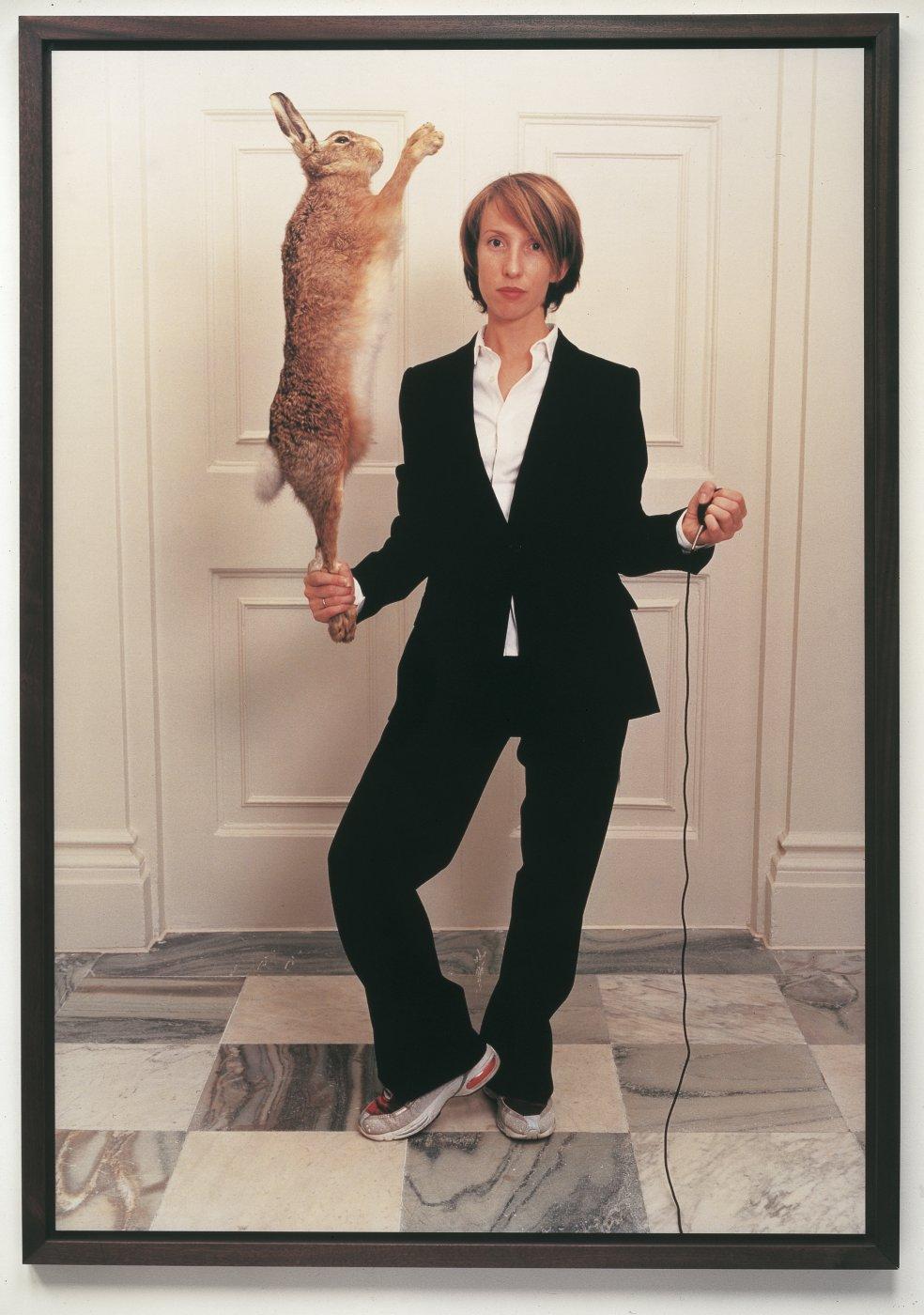
Illusion and allusion
Renaissance portraits are often populated by mysterious-looking animals. Sometimes they seem oddly out of place; other times, their presence is downright awkward. But they are never there by chance. In Western art, animals often play symbolic roles that discreetly anchor important aspects of the story. Butterflies symbolise the lightness of the human soul, snakes incarnate evil temptations, and flies lingering on fruit allude to the inevitability of death. Animals also speak of our desires, fears and ambitions – they help us express aspects of our lives that are too difficult to put into words. At times, the symbolic meanings we attribute to them reflect aspects of their natural behaviour, but they can be wholly arbitrary. It is the works of art in which animal symbolism is based on observation of true animal behaviour that tend to strike a more resounding chord with viewers.
In this iconic photographic self-portrait by Sam Taylor-Johnson, the hare is not an eccentric sidekick, but a focal point. Its rigidity – the stiff, taxidermied body – is not coincidental but indicative of a complex set of symbolic references that the contemporary artist has borrowed and updated from the history of Western painting.
The hare’s message is related to the artist’s battles with cancer – first in 1997 and again in 2000 – the second fight resulting in a unilateral mastectomy. With this knowledge in mind, the title’s reference to a single-breasted suit suddenly unfolds into something more poignant than a simple description of the artist’s outfit. But there’s more: in Renaissance painting, because of their voracious sexual habits, hares symbolised lust and passion.
As Johnson put it, ‘…so here I am with a head of hair, in a single-breasted suit, holding on to lust and passion’. However, the hare is dead – as a taxidermy mount, it only appears to be alive from a distance. Brandished as one would hold a club, the dead animal alludes to the difficulty involved in negotiating the artist’s own femininity in the aftermath of life-changing and yet life-saving medical procedures. GA
Stephanie Holt is UK biodiversity training manager at London’s Natural History Museum. She works to support, engage and inspire people to study and record the wildlife in the UK.
Persecution and recovery
Shot, trapped and poisoned, raptors have a long history of persecution in the UK. Changes in land use still push many species into dangerous situations, such as hunting along road verges. Inadvertent poisoning from eating poisoned rats also kills raptors, and some readers may remember the eggshell-thinning effect of the now-banned pesticide DDT which hit the headlines in the 1980s. Egg-collecting also remains a threat for some of these species even today, with breeding locations for some of our rarest species being kept a closely guarded secret.
However, there are conservation success stories too. Today, from my home in Oxford I can watch red-tailed kites soaring overhead, the descendants of the original populations that were released in the Chilterns in the 1990s. The golden eagle population in Scotland has now expanded to more than 400 pairs. And we sometimes forget the conservation efforts of the latter half of the 20th century which mean that the common buzzard can now once again be seen in every county in the UK.
Efforts to rebuild our raptor populations continue. The white-tailed eagle, our largest native eagle, last bred in the UK in 1916, with the last individual shot in 1918. They were gradually reintroduced into Scotland and Ireland in 2007-13, resulting in over 100 breeding pairs in Scotland and 10 in Ireland. In 2019, six birds were released on the Isle of Wight as part of a five-year reintroduction programme for England, which hopes to release 60 individuals in total. These birds have now started to spread and to form nesting pairs.
There is still much to do to conserve our raptor populations. For some, they remain a target for persecution, but for many of us they remain a source of hope that our conservation efforts can work, and I for one hope to see many more eagles and other raptors gracing our skies in the years to come. SH
Detailed observations
This wonderful collection of illustrations highlights the beauty of British and Irish spider species. There are 650 species of spider in the British Isles, ranging from the largest, the cardinal spider, with up to a 12cm span, to the diminutive money spiders at just 2mm across. They include common species that might share our homes, such as the cellar spider, with which everyone will be familiar, to some of our rarest, like my personal favourite, the ladybird spider. This spectacular species was thought to be extinct in the UK until it was rediscovered in a patch of heathland in Dorset in 1979, the first sighting that had been made in 73 years, which has since become the hub of conservation efforts to try to save this species. There are now eight known sites for this spider across the complex network of Dorset heathlands, which are managed for conservation by a collaboration of charities and government organisations. It remains so rare that a licence is required to survey for it, and it is strongly protected by law where it is also noted as a ‘species of principal importance for the conservation of biodiversity’ for England.
Identification guides are an essential tool for the naturalist at all levels of skill and experience, but we often forget the illustrator behind the wonderful artworks locked in their pages. These guides usually consist of ‘keys’, a series of questions and answers looking at various features that (should) lead the reader to a correct identification, but we verify those conclusions through the associated illustrations as it is possible to get lost in a key, and wind up going down an incorrect route. Rarely can these illustrations be replaced effectively by photographs alone, particularly in the case of invertebrates, where accurate drawings by talented illustrators are relied upon to highlight the critical features necessary. SH
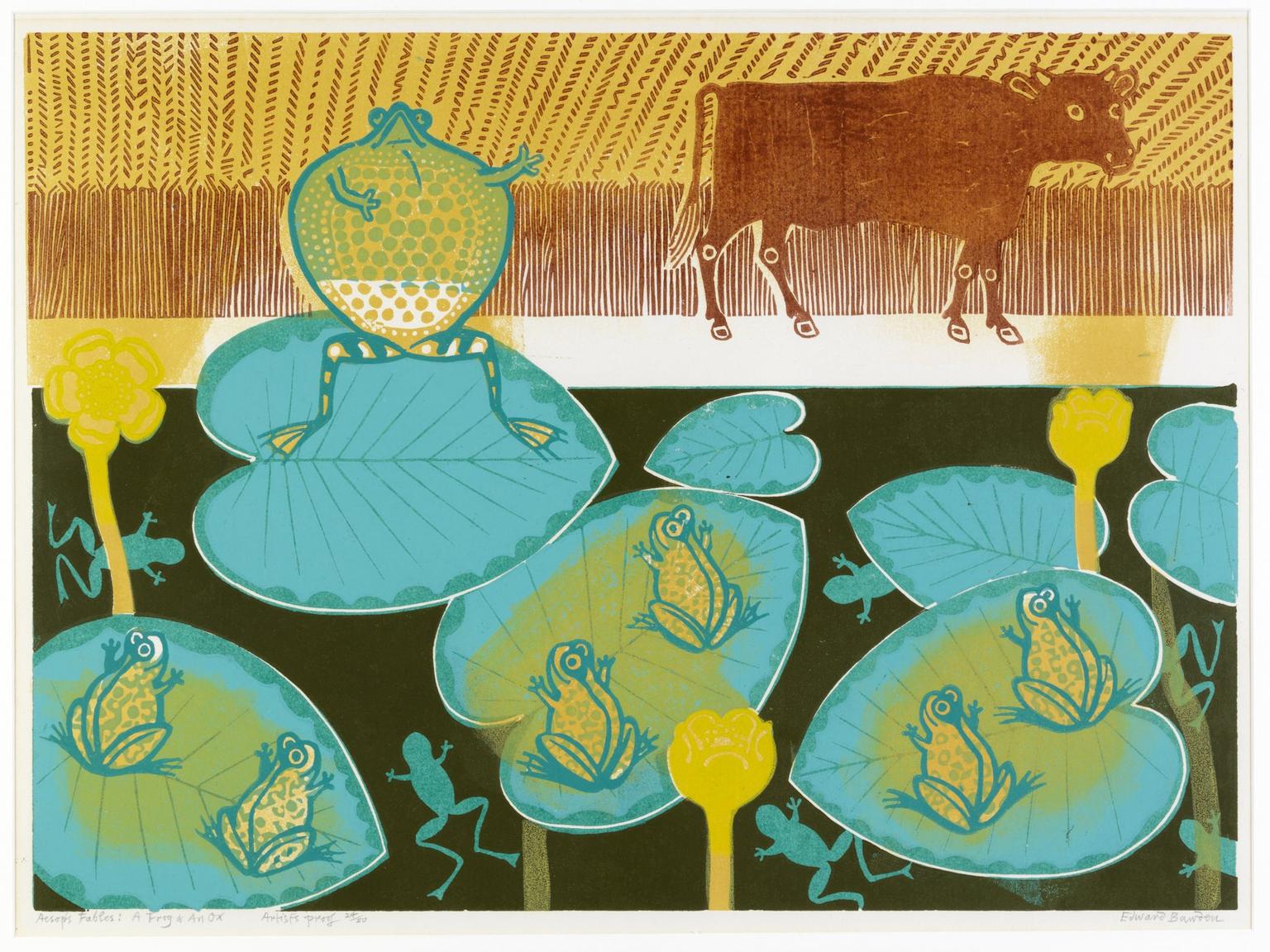
Adaptable but disappearing
Thought to have first emerged more than 200 million years ago, anurans (frogs and toads) survived the mass-extinction event that killed the non-avian dinosaurs. As a group they exhibit characteristics such as semi-permeable skin, protruding eyes and taillessness; however, over the millennia they have evolved into a diverse group, with more than 7,500 species worldwide today. In the UK we have just two native frog species and two native toads. One, the northern pool frog, was extinct in England by 1995, but successful reintroductions have seen it return to our native fauna.
To an extent, all frogs and toads rely on damp or wet conditions, particularly for eggs and juveniles, but they have broadened their range to cover almost all habitat types, overcoming extreme challenges, including adapting to living in deserts, the last place you would really associate with a frog. To do this, they have evolved some fascinating adaptations, like the hip-pocket frog from Australia, which tucks its tadpoles into a pouch by its legs to keep them from drying out. The only habitats that they have not conquered are polar extremes and marine habitats. Their inability to cross the sea by anything other than chance rafting events has limited their spread between continents since the break-up of the super-continent Pangea. Saltwater can pass through their skin, poisoning them rapidly, which is a problem for frogs living in polluted habitats as well, as they are highly susceptible to toxic environments.
And frogs and toads are under threat. Not only are their habitats often in decline – either as a result of drainage, land-use change, pollution or climate change – but a fungal disease, chytridiomycosis, is ravaging through many of their populations. More than 120 species are thought to have become extinct since the 1980s as a result, including in the Americas, the Caribbean, Australia and Africa, with limited success seen in conservation efforts made to date. SH
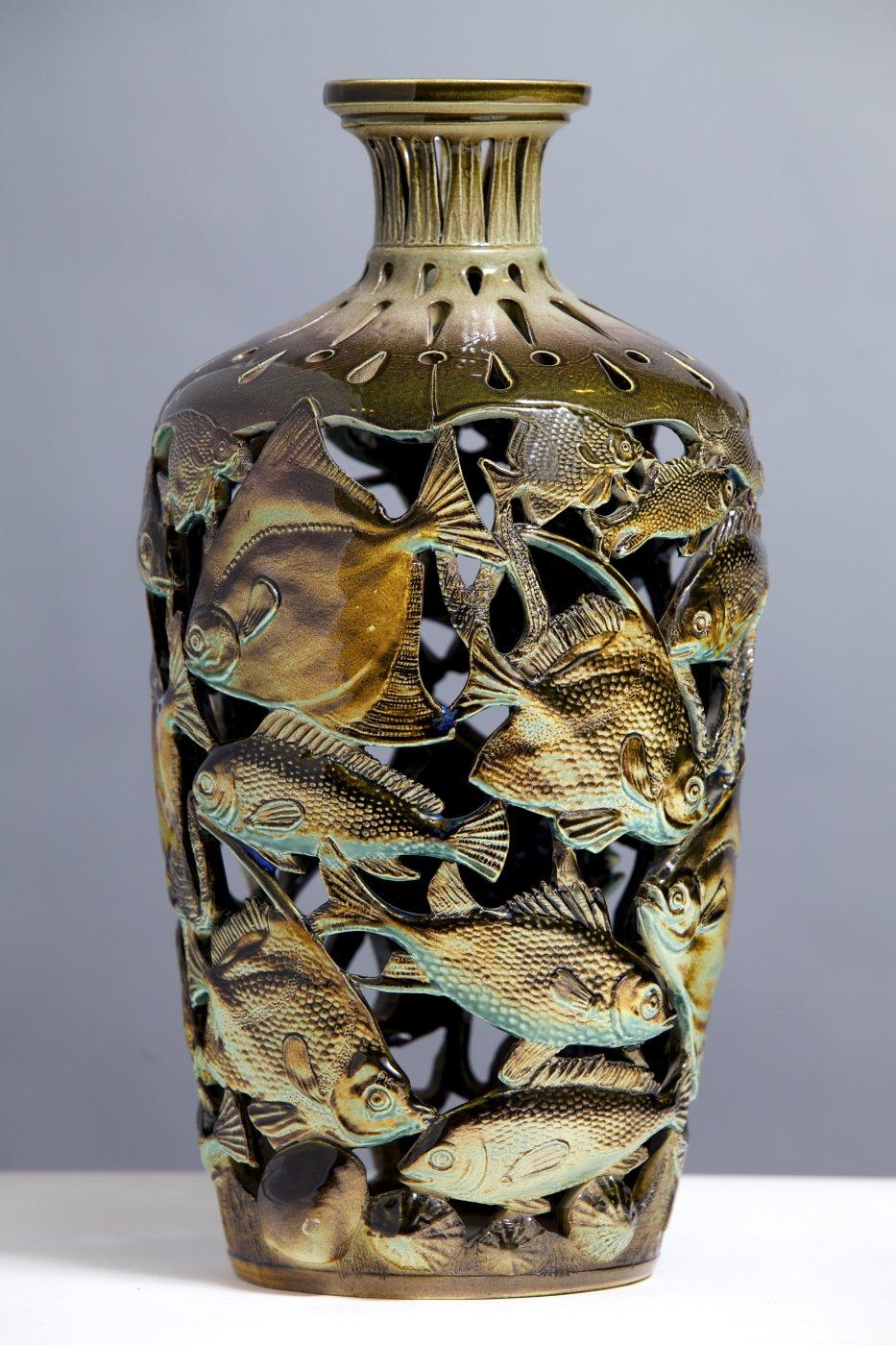
Plenty more fish in the sea?
For most of us, marine habitats remain inaccessible, visited only through a TV or computer screen, perhaps in a nature documentary admiring the colour and form of life in coral reefs. Often forgotten, we lose sight of the fact that our largest habitat on planet Earth is impacted by our actions. Perhaps as out of sight and out of mind as the ocean itself, fishing activities can reach such industrial proportions as to denude entire landscapes of their fish populations. Some trawling activities destroy the very habitat that those fish rely on, making it unlikely they will recover for many years. When the broader threats to marine habitats – such as trawling for gravels, the acidifying nature of climate change on our oceans, and the effect of pollutants, including large- and small-scale plastics – are added in, our fish and other marine species face a barrage of threats that few of us stop to consider.
So, what can be done about this? In England fishing is controlled through a combination of species-level protection, the creation of designated sites such as Marine Protected Areas (MPAs), and control of certain types of fishing, most recently through the Fisheries Act 2020. However, on 31 May 2022 Global Fishing Watch reported that one of the most damaging forms of fishing, ‘bottom-trawling’, which tows heavy, weighted nets through the sea floor, occurred in 58 of 64 offshore Marine Protected Areas. Many people feel that this may mean that the UK is unlikely to meet its ambitious target to protect 30% of its marine habitats by 2030, but the situation is changing, with tougher new regulations coming into force, and stronger protections for habitats in four of the most important MPAs. Hope for our fish shoals remains. SH
Find out more about The Wild Escape and how to take part in hundreds of activities across the UK engaging with the wildlife depicted in museum collections.